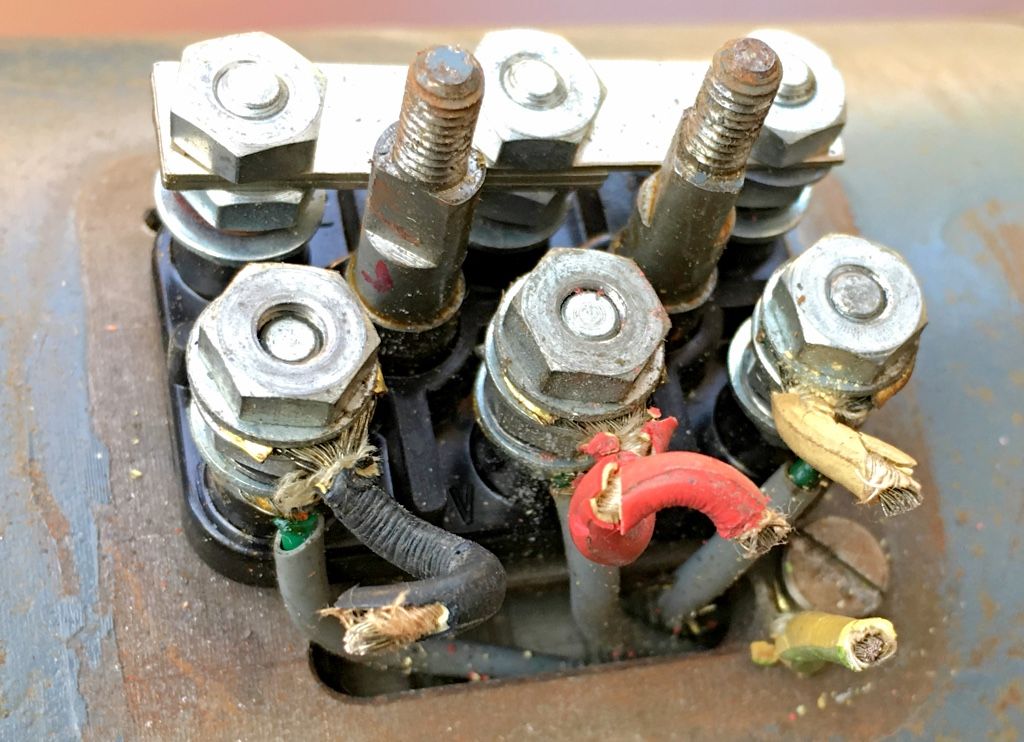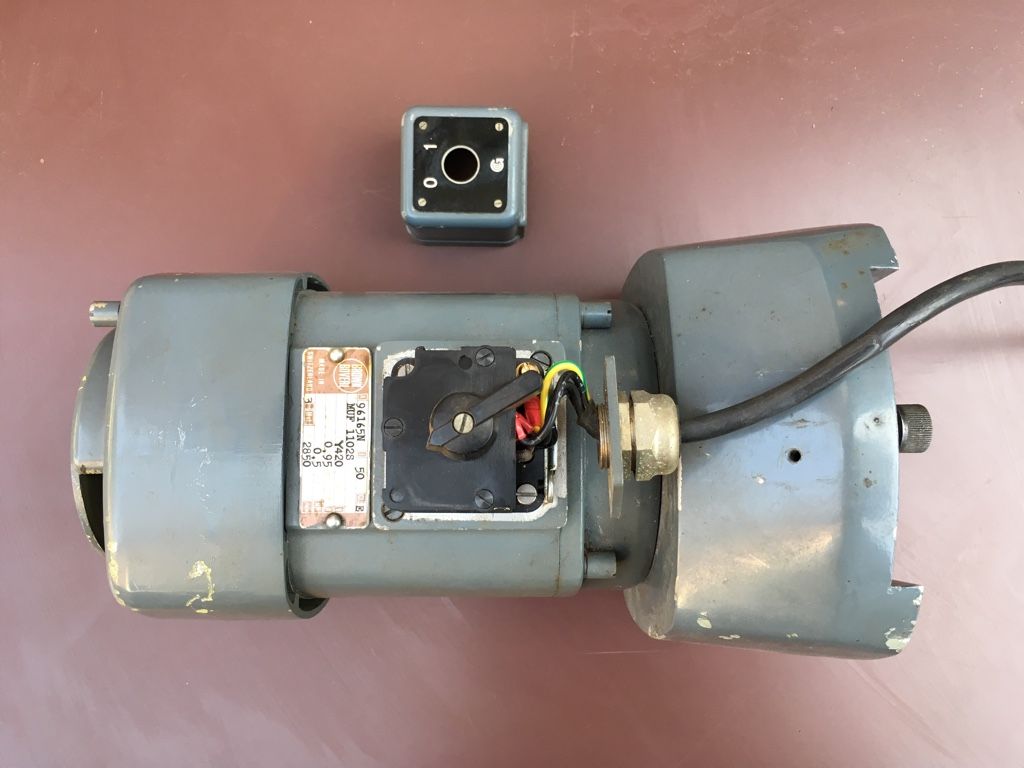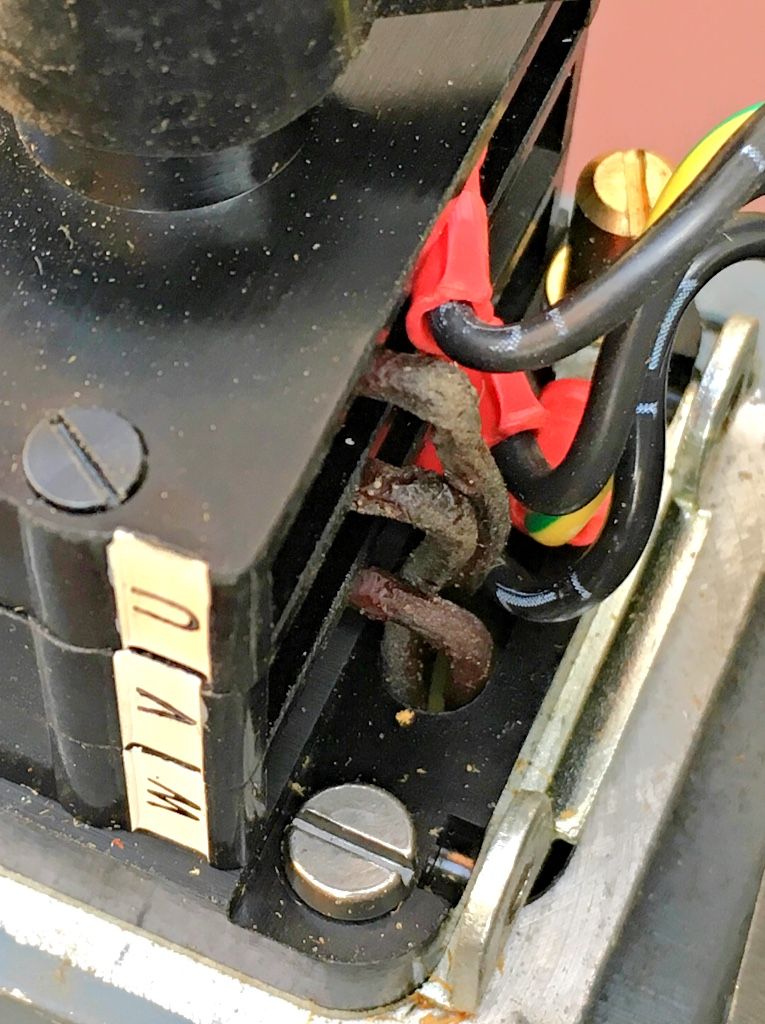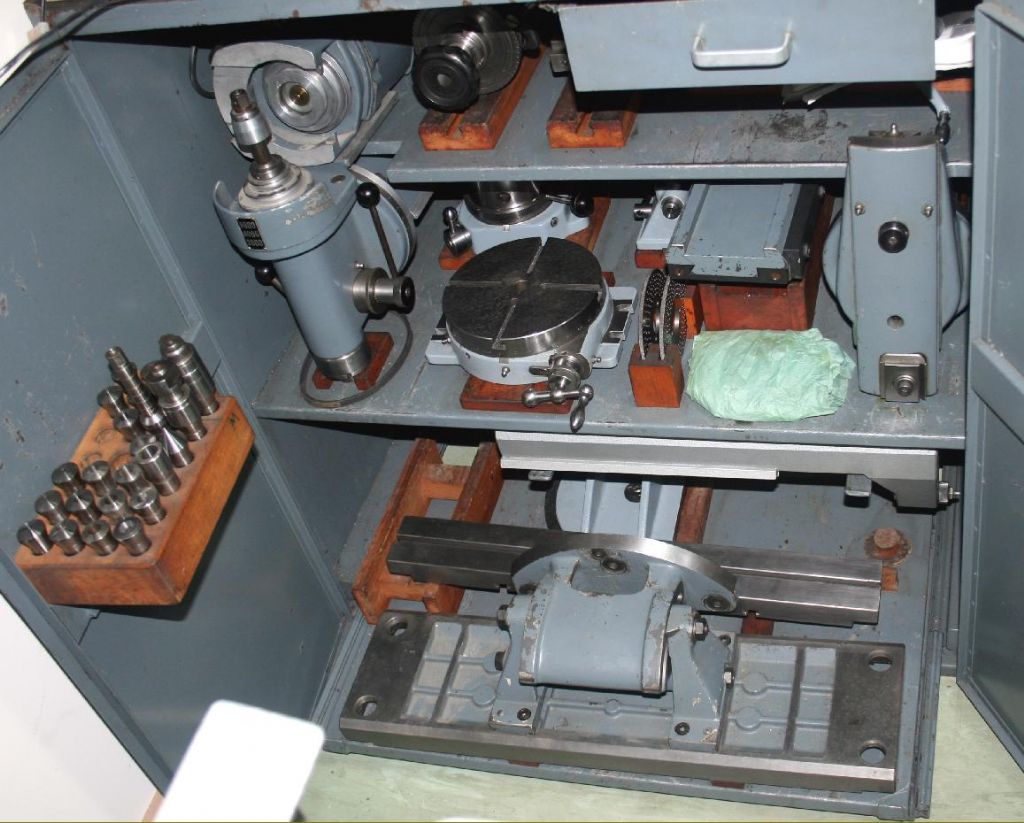I don't think that the "regs" have really caught up with VFD's yet. Anyway.
As far as I am concerned SY cable is armoured cable. "My bad", it's suitable for moderate mechanical stress the other type is usually used outdoors. It's not that flexible really. The ebay listing mentions the flex bending rad 20xdia which comes out at 200mm in your case. It's stiff enough to need each end of the cable anchored rather than just anchor with the wires. P clips may work out at the inverter end and metal ones can be used to earth the outer braid to form a shield. This can also be done with the copper cable. There may be enough room in the motor connection box to use them their as well or even on the outer surface of the box. The cable should be grounded at both ends some how or the other. There may be some way of attaching P clips to the inverter but the other way is to mount it on a board of some sort.
The SY cables also have an earth lead. That in itself will provide some shielding.
I'm not sure what to say about the cable rating. Mitsubishi suggest 2mm from 0.1 to 2,2kw. Your 1.5mm on the face of it is rated at 18 amps derated by 25% as it's multicore and yet more if the ambient is above 30C. So say 9 amps. That sounds like it's way too much but neglects skin effects which is important because high frequency is being sent down the cable. I haven't managed to find any info on that so far but do know from work on switch mode supplies that it's relevant. Mitsu are probably assuming that the full 15khz is going to be used and maybe a long length as well. I did find this recently while looking again, I gave up when I installed mine and had to use > 2mm anyway. 2.5mm is not much bigger than 1.5mm. 10.7mm as against 9.2mm.
**LINK**
Personally I feel your 1.5mm should be fine but on the face of it you might think you could use smaller to get more flex but normal current ratings don't account for high frequencies.
They also suggest 2mm for the mains feed to the inverter except for 2,2kw which needs to be larger, earth lead too. The peak current draw can be pretty high on these things but this lead is the one that actually goes to ground.
There is plenty of warnings about on using high switching frequencies on normal motors. There are all sorts of changes in inverter rated ones not just the addition of a fixed speed cooling fan. This tends to be ignored completely 'cause the things are so insanely expensive but it doesn't make sense to set the switching frequency any higher than needed. I've seen claims that this can increase heating effects by 10% but the main problem seems to be higher than normal voltage spikes in the motor and current flowing across the bearings.
John
–
 Michael Gilligan.
Michael Gilligan.

 I hadn't the guts to try 8 pole so went for 6. To risky money wise. I noticed that one ebayer was selling 6 pole now so maybe the idea has caught on.
I hadn't the guts to try 8 pole so went for 6. To risky money wise. I noticed that one ebayer was selling 6 pole now so maybe the idea has caught on.






